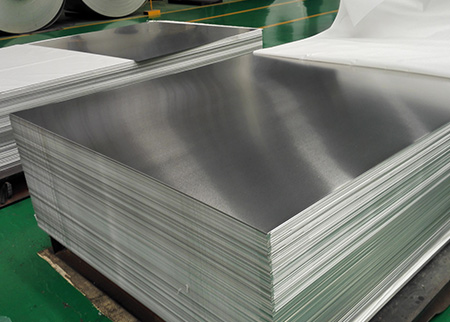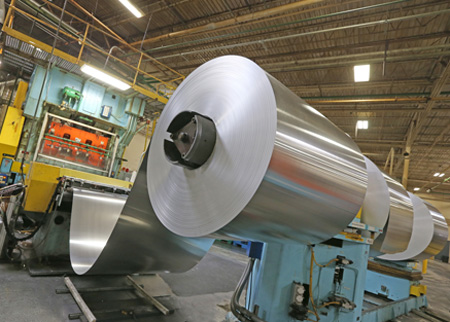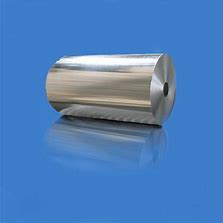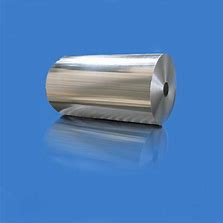



In the welding process, alloy aluminum sometimes has some problems, so we should be especially careful when welding alloy aluminum. Next we will introduce to you:
(1) The linear expansion coefficient of alloy aluminum is about twice that of carbon steel and low alloy steel. The volume shrinkage rate of aluminum during solidification is large, and the deformation and stress of the weldment are large. Therefore, measures to prevent welding deformation need to be taken. When the molten pool of aluminum welding is solidified, shrinkage cavities, shrinkage porosity, hot cracks and high internal stress are prone to occur. In production, measures to adjust the composition of the welding wire and the welding process can be used to prevent the occurrence of hot cracks. Where corrosion resistance permits, aluminum-silicon alloy wires can be used to weld alloy aluminum other than aluminum-magnesium alloys. When the silicon content of Al-Si alloy is 0.5%, the hot cracking tendency is larger. With the increase of silicon content, the crystallization temperature range of the alloy becomes smaller, the fluidity increases significantly, the shrinkage rate decreases, and the hot cracking tendency decreases accordingly. According to production experience, when the silicon content is 5%~6%, thermal cracking will not occur, so the use of SAISi strip (silicon content 4.5%~6%) welding wire will have better crack resistance.
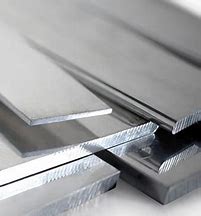
(2) Alloy aluminum has a strong ability to reflect light and heat, and there is no obvious change in color and luster when the solid and liquid are in transition, making it difficult to judge during welding operations. High-temperature aluminum has low strength, it is difficult to support the molten pool, and it is easy to weld through.
(3) Aluminum and alloy aluminum can dissolve a large amount of hydrogen in the liquid state, but hardly dissolve hydrogen in the solid state. In the process of solidification and rapid cooling of the welding pool, hydrogen is too late to overflow, and hydrogen holes are easily formed. Moisture in the arc column atmosphere, welding material and moisture adsorbed by the oxide film on the surface of the base metal are all important sources of hydrogen in the weld. Therefore, the source of hydrogen should be strictly controlled to prevent the formation of pores.
(4) The alloy elements in alloy aluminum are easy to evaporate and burn, which reduces the performance of the weld.
(5) When the base metal of the base metal is deformation strengthened or solid solution aging strengthened, the welding heat will reduce the strength of the heat affected zone.
(6) Alloy aluminum is face-centered cubic, without allotropes, and there is no phase transition during heating and cooling. The grains of the weld are easily coarse, and the grains cannot be refined by phase transition.
* Thank you for your inquiry. Please provide your business needs information so that we can better serve you.
This information can help us assign the most suitable person to solve your problem. We will give you feedback within 1-2 working days.
Related Blog
